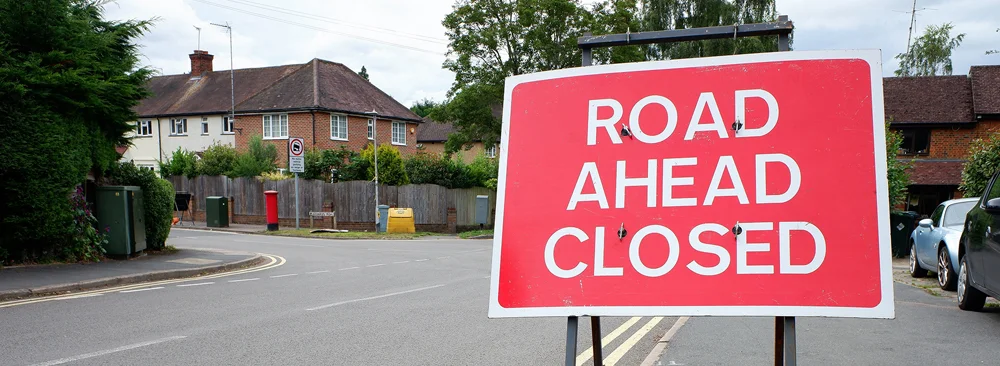The Sector-Specific Risks of Winter Power Cuts
Storm Amy’s 150,000 UK outages this October were a reminder that the grid, though stronger this year, is still vulnerable to weather and local strain.
As we move into winter 2025–26, NESO predicts the highest operating margin in six years – yet resilience remains a board-level issue for many organisations.
Every business faces the same core question: how will we maintain operations when the grid fails?
Critical Services – No Room for Downtime
In sectors like healthcare, utilities and local government, power interruptions go far beyond inconvenience. They affect safety, care delivery, and public confidence.
Recent winters have seen hospitals and water networks activating standby systems during regional voltage dips – proof that preparedness must go beyond compliance.
Leading operators are now investing in dual-generator setups, automatic transfer testing, and 24/7 monitoring to guarantee continuity under pressure.
Customer & Commercial Environments – Reputation, Revenue, and People
For businesses where people gather – retail, hospitality, events, and offices – the cost of downtime is measured in lost reputation as much as lost sales.
Digital systems, lighting, and climate control are now integral to customer experience. Even short outages can close venues or cause negative publicity.
Forward-thinking facilities managers are treating backup power as brand protection – ensuring that safety systems, POS terminals and guest operations continue seamlessly if there is an outage.

Every business faces the same core question: how will we maintain operations when the grid fails?
Operational & Industrial Environments – The Cost of Stopping
Manufacturing, logistics, and construction sectors feel the financial hit of every lost minute. A single outage can reset equipment, waste materials and delay schedules.
Resilience here means reliability under load: well-serviced generators, clean fuel, and trained staff ready to respond.
With longer, colder nights ahead, proactive maintenance and fuel management are the foundations of winter readiness.
The Bigger Picture: Energy Trends Shaping 2025
Despite the improved national outlook, NESO still warns of tight supply on peak demand days. Wind curtailment is rising, renewables now make up more than half of UK generation, and grid constraints continue to cause localised volatility.
These trends mean that site-level resilience is becoming a core part of operational strategy – not an afterthought.
Winter Power Resilience Checklist
- Review and test all standby systems before winter arrives
- Conduct load testing under real conditions
- Inspect and refresh stored fuel supplies
- Verify automatic transfer switch performance
- Ensure staff know emergency procedures
- Schedule professional servicing before winter peaks
Looking Ahead: Resilience as Strategy
The energy landscape is shifting. As electric needs accelerate, reliability is becoming as strategic as sustainability. Businesses that treat resilience as an investment – not a cost - will lead the transition to a more reliable, low-carbon future.
At Central Power Services, we have spent 40 years helping organisations across the UK stay powered through every challenge. From permanent generator installations to nationwide servicing, we make sure your power stays on – whatever the weather.
Because in winter 2025, resilience isn’t just about keeping you operating – it’s about staying ahead, by being prepared.


